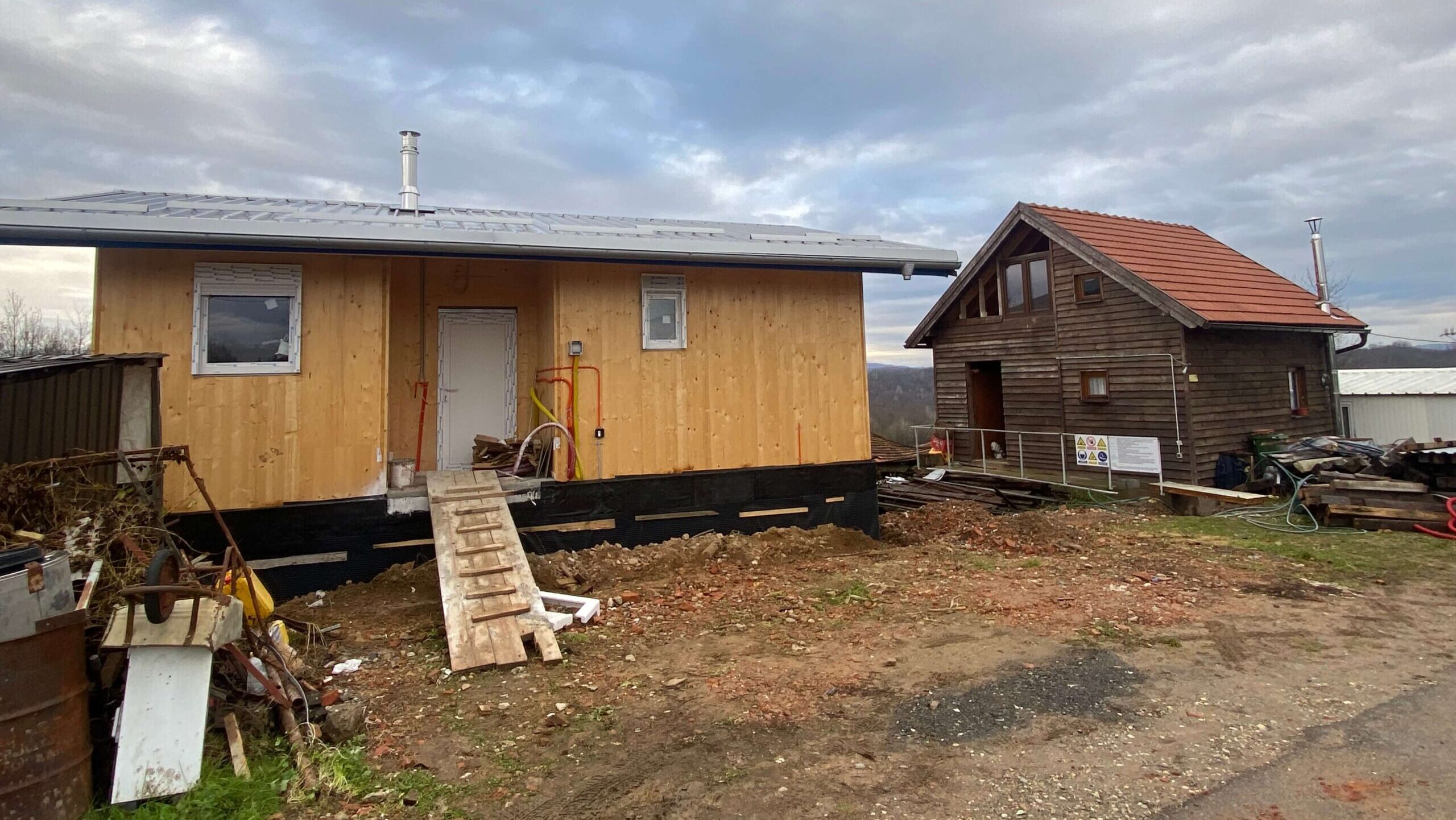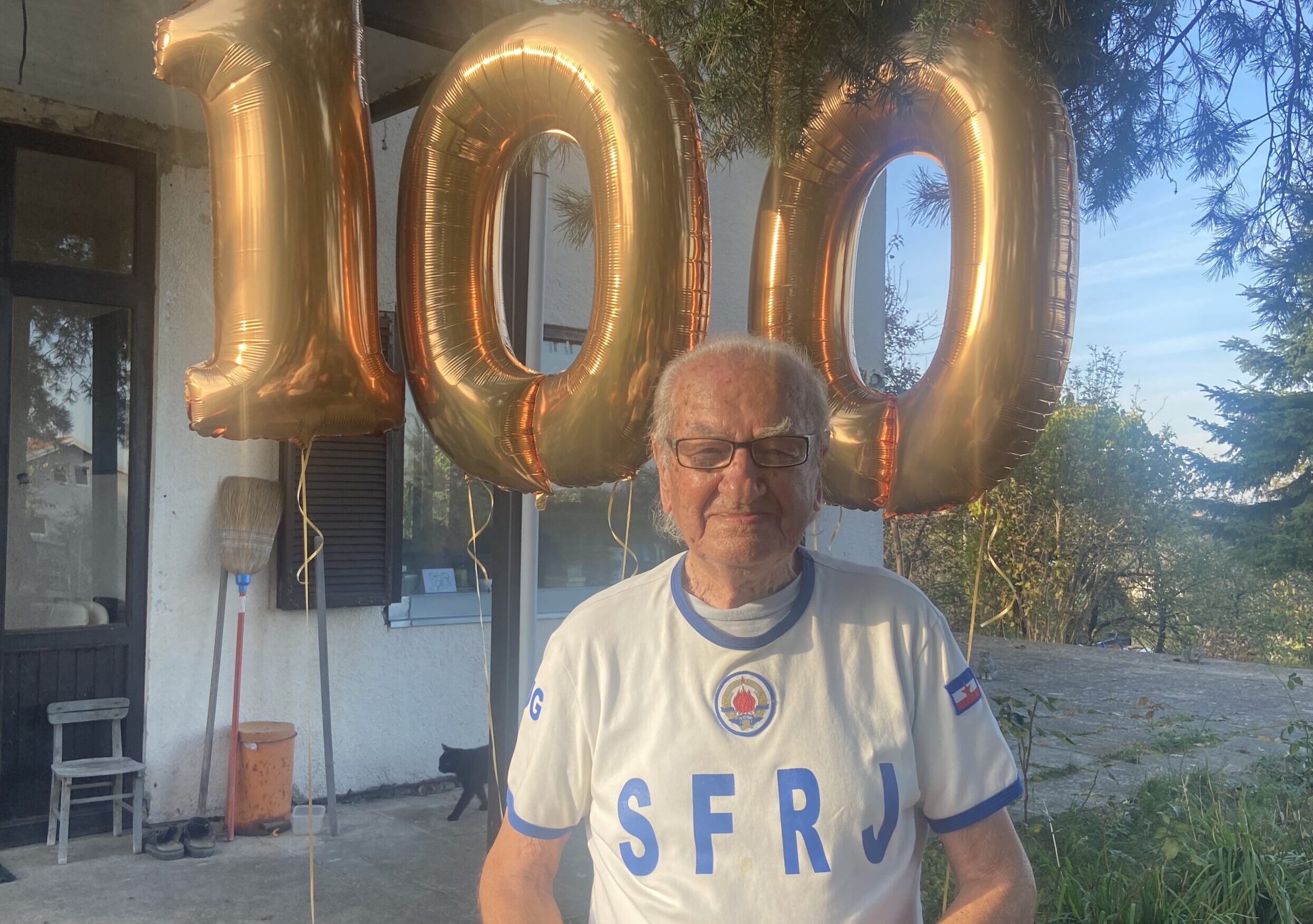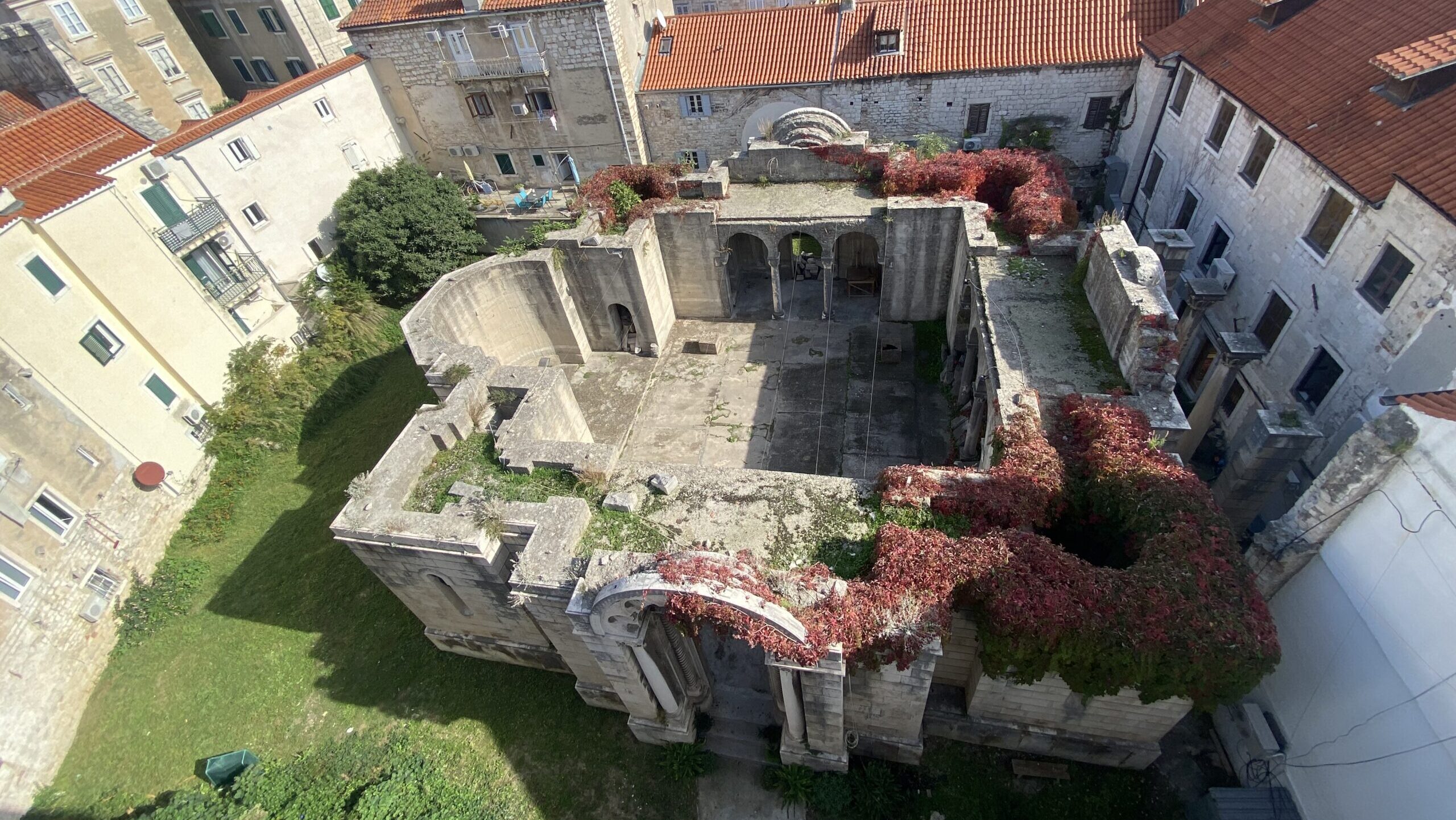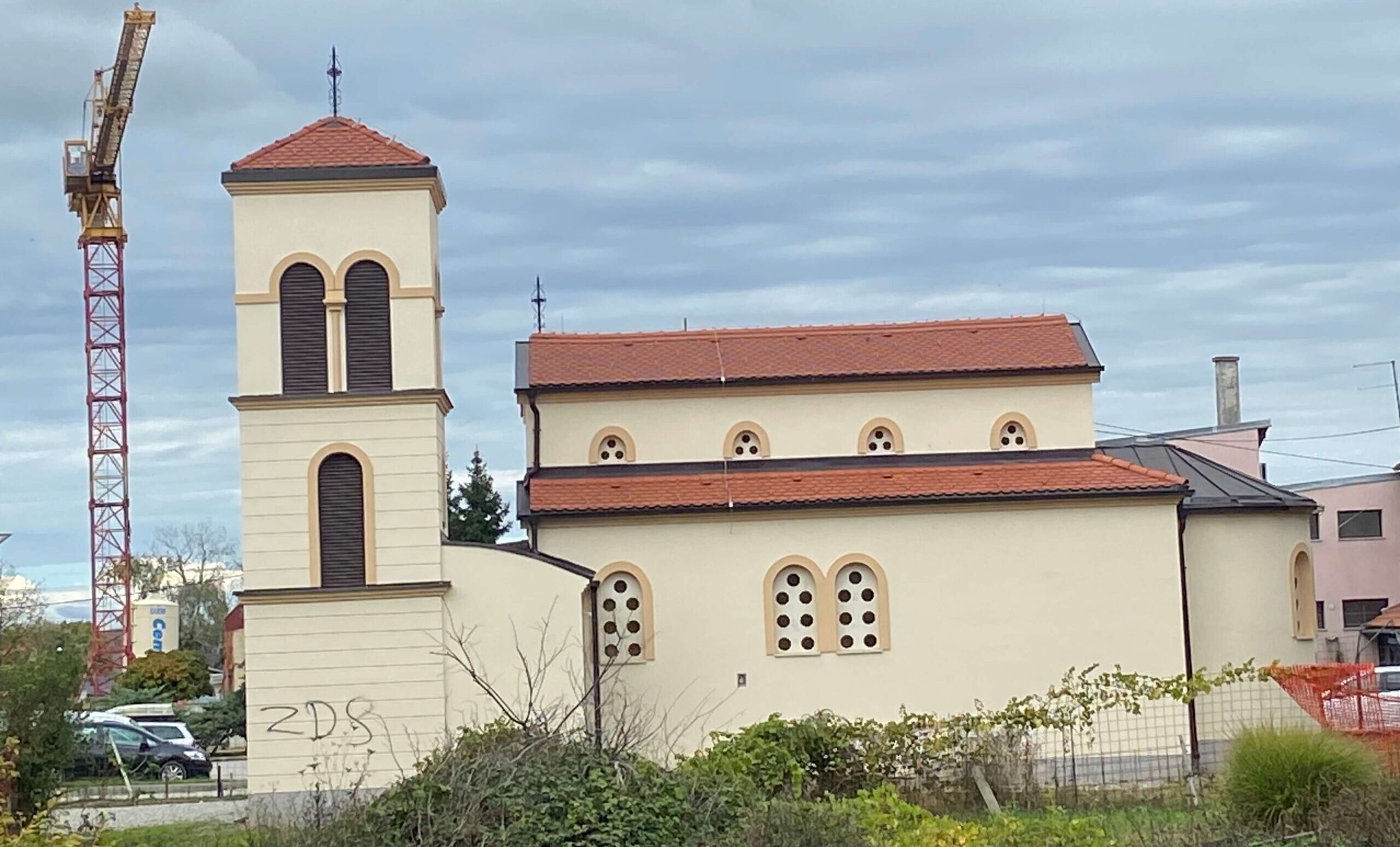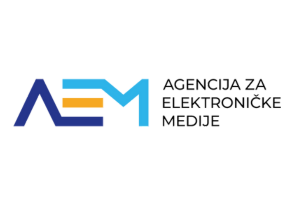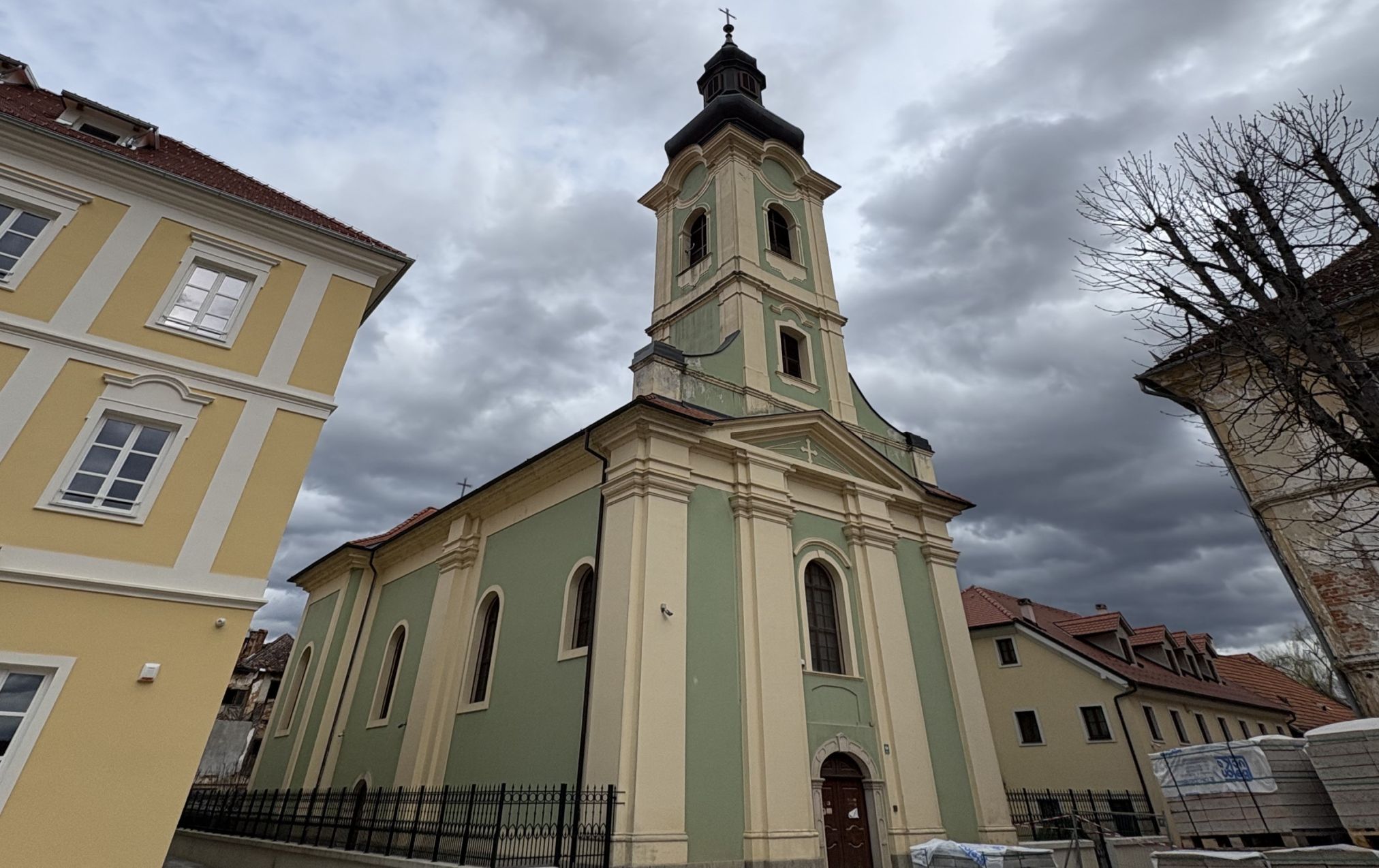
Drugačiji (ne)smije biti neprijatelj
„Dok čovjek poštuje sebe, poštovat će ga i drugi. Drvo koje nema dubok korijen podložno je udarima vjetrova koji ga mogu iz korijena iščupati. Tako je i sa čovjekom koji sebe ne poštuje, svoju vjeru i svoje korijene“, kaže protojerej SPC-a Saša Lončina





